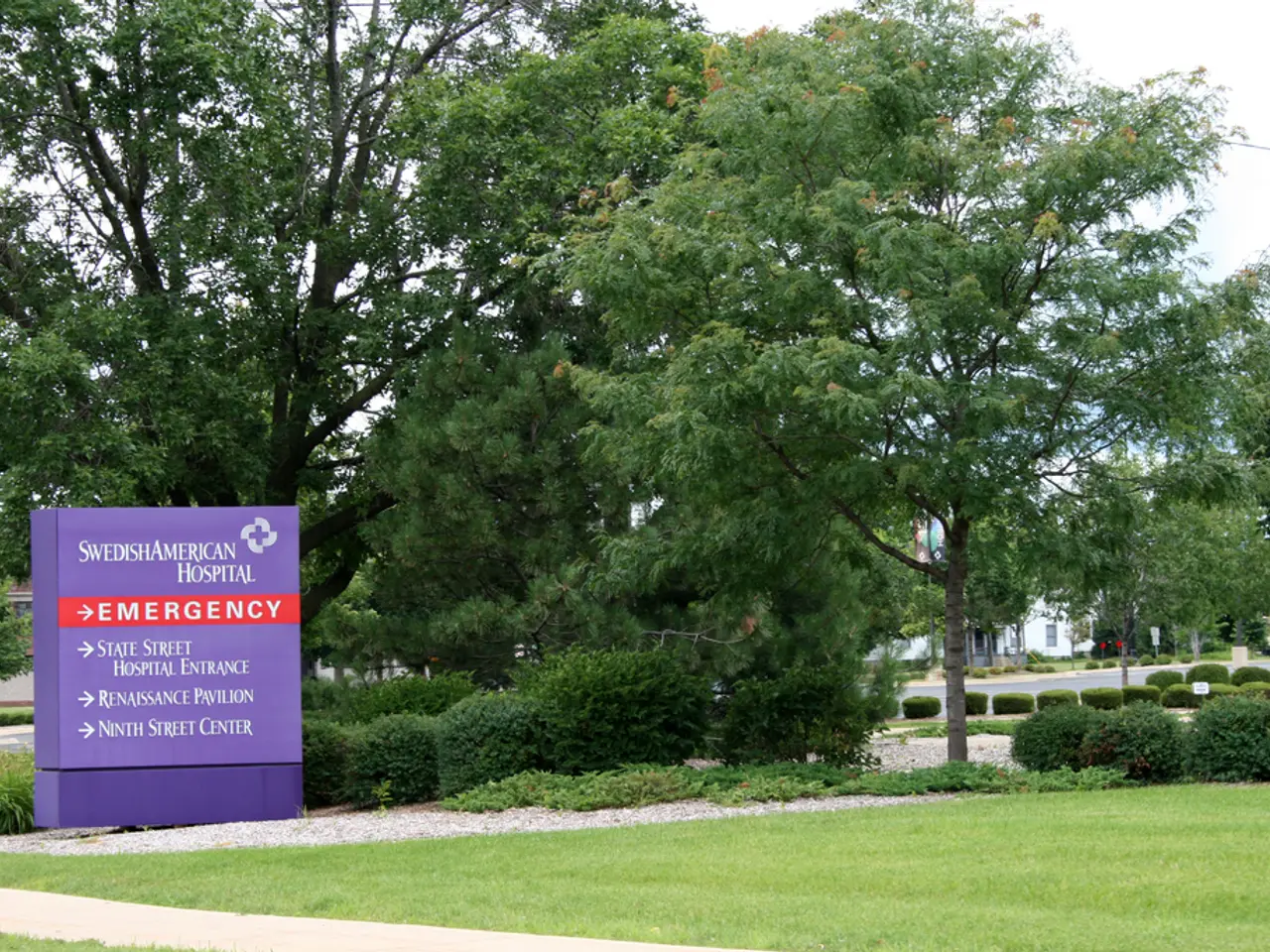Flooding Crisis Overwhelms New York City and New Jersey: Heavy Rainfall Brings Chaos to NYC and its Surroundings
In the heart of the U.S. Northeast, New York City faced a formidable challenge as heavy rainfall battered the city, particularly in Queens, where over 4.8 inches of rain fell in just six hours[1]. This deluge triggered a flash flood emergency, prompting a flurry of rescue operations and emergency responses.
According to the New York Office of Emergency Management, over 120 rescue operations were conducted within the same six-hour period[1]. The crisis extended beyond Queens, with Governor Phil Murphy activating the State Emergency Operations Center in nearby New Jersey[1].
The city's infrastructure, already strained by climate change-induced extreme weather events, struggled to cope. Transit lines, including the Long Island Rail Road (LIRR), subways, and city buses, saw full or partial suspensions[1]. The Clearview Expressway in Queens was turned into a river, trapping vehicles, including a semi-truck, under nearly two feet of water[1].
New York City has been investing heavily in modernizing its stormwater management and sewer infrastructure to combat these challenges. Since 2020, over 125 miles of sewers have been built or upgraded citywide, with a focus on historically underserved neighborhoods like Southeast Queens, Staten Island, Maspeth, East Elmhurst, and Canarsie[1]. These efforts aim to reduce flood risk, improve street conditions, and expand storm sewers, add new catch basins, and reconstruct streets[1].
Large-scale projects, such as the Brooklyn Bridge-Montgomery Coastal Resilience initiative, employ innovative, deployable flood protection systems. These systems remain unobtrusive when not in use, aiming to protect vulnerable neighborhoods from storm surges and flash flooding while maintaining public space functionality[3].
The city is also adapting its emergency response protocols, enhancing public education through programmes like Rainfall Ready NYC, and undertaking sustained capital projects to increase resilience against flash floods intensified by climate change[1][3]. However, the complexity of urban infrastructure poses ongoing challenges to these upgrades, requiring careful coordination to avoid conflicts with existing underground utilities and urban amenities[1][3].
In response to the current crisis, Governor Kathy Hochul declared a state of New York Flash Flooding Emergency, encompassing New York City, Long Island, and 17 surrounding counties[1]. Emergency Executive Order 840, issued by NYC Mayor Eric Adams, authorized wide-ranging citywide responses[1]. The LIRR was suspended between Penn Station and Ronkonkoma[1].
As New York City continues to grapple with the impacts of climate change, its resilience and adaptability will be tested time and time again. The city's ongoing efforts to modernize its infrastructure and emergency response protocols offer a glimmer of hope in the face of these challenges, but the road ahead remains long and fraught with complexities.
- As New York City's infrastructure continues to face challenges due to climate change-induced extreme weather events, there is an increasing focus on environmental science and weather forecasting to predict and prepare for future flash flood emergencies.
- The city's ongoing revamp of its stormwater management and sewer infrastructure, as well as its investments in deployable flood protection systems and modernized emergency response protocols, are all part of the broader goal to make New York City more resilient to weather changes exacerbated by climate change.








